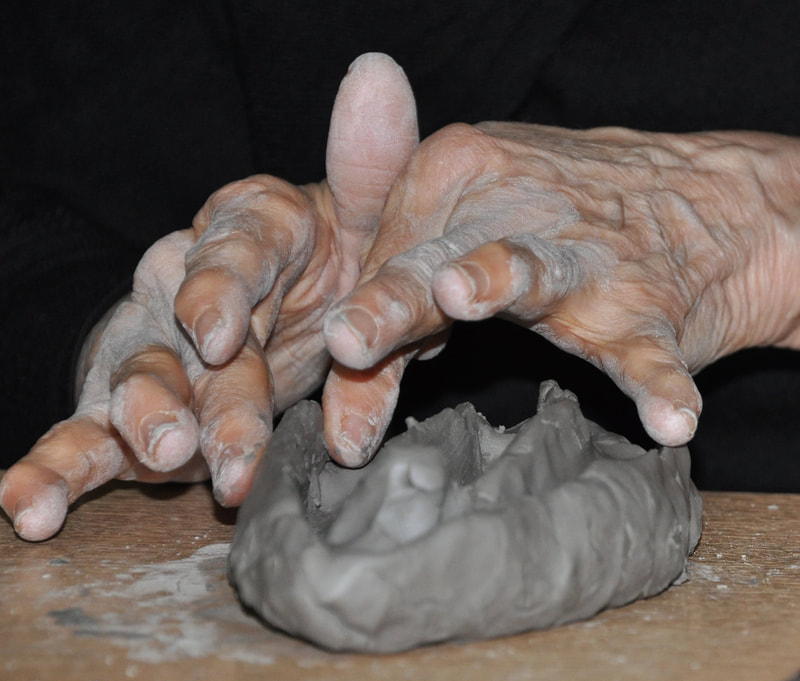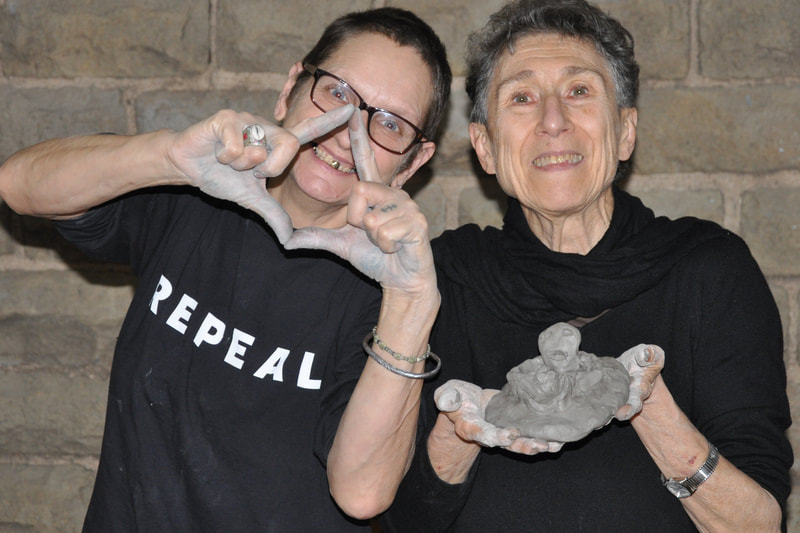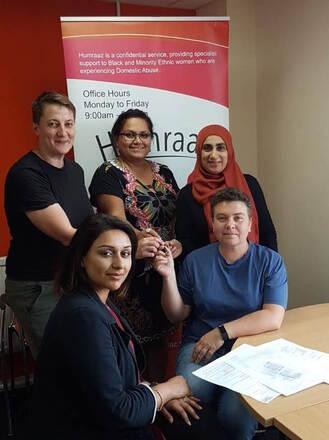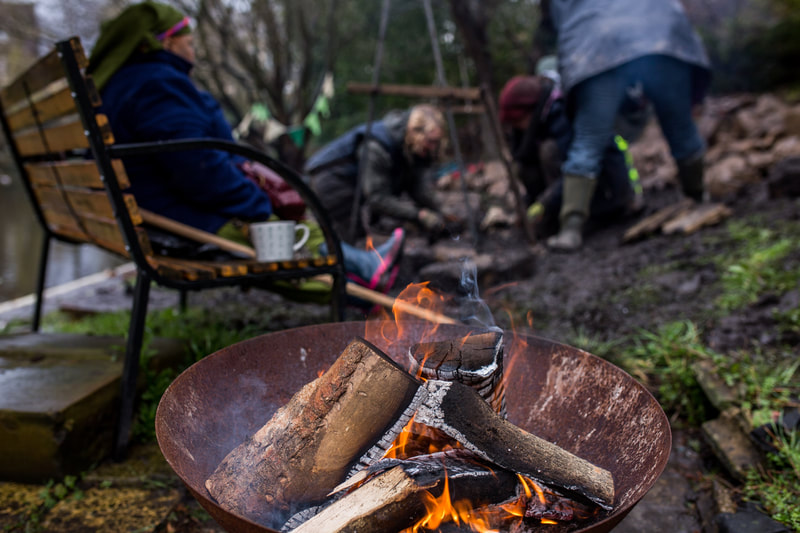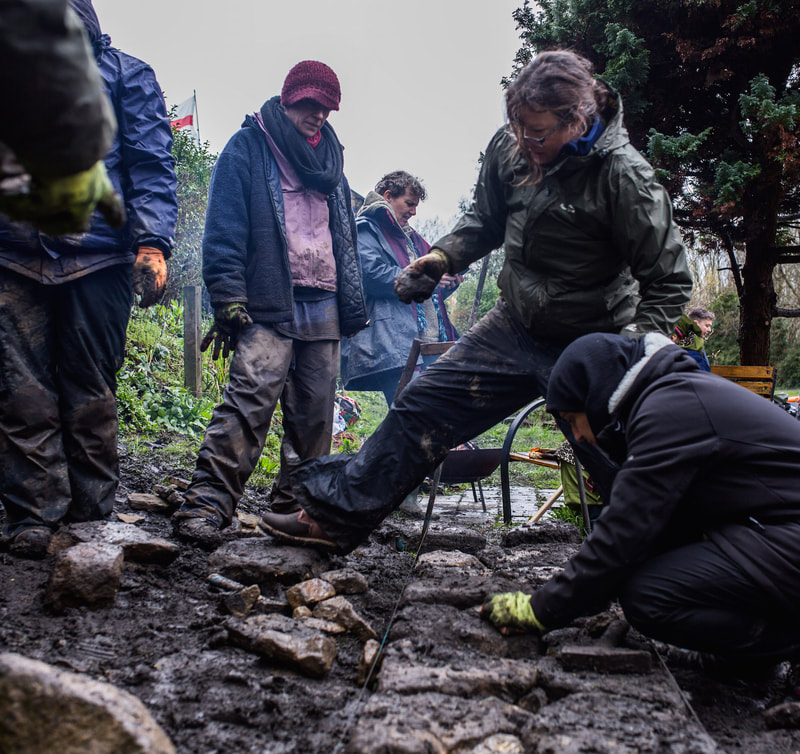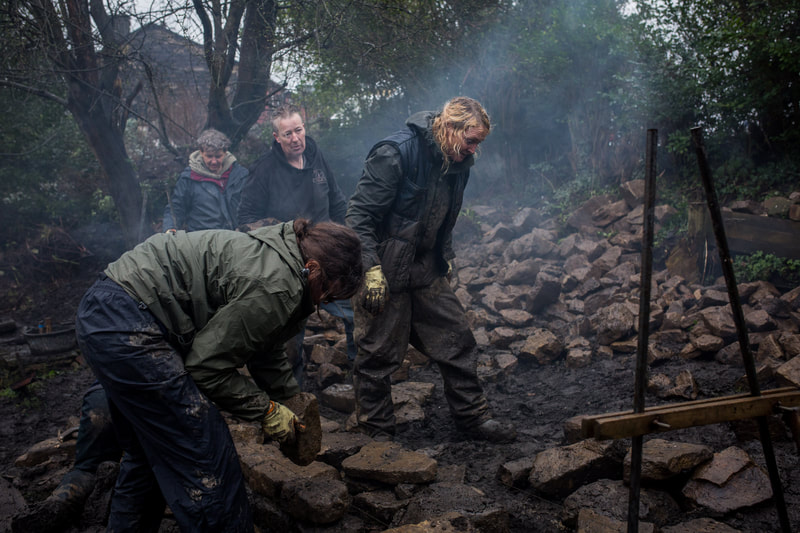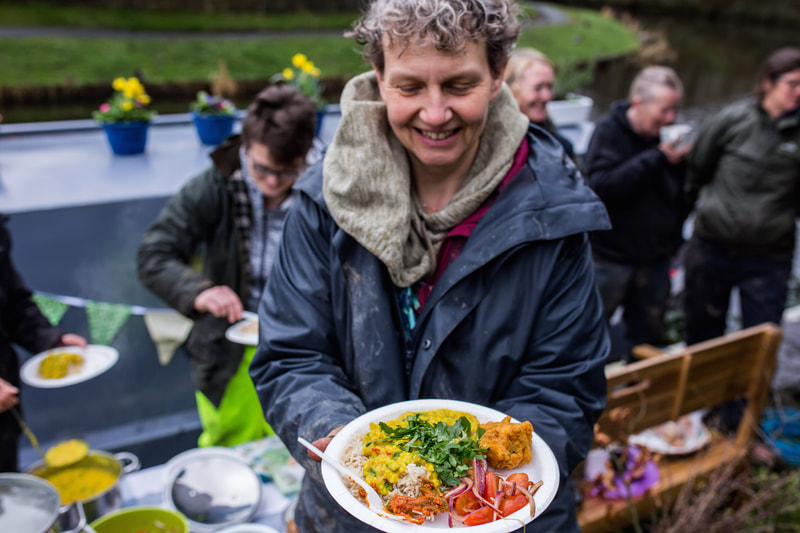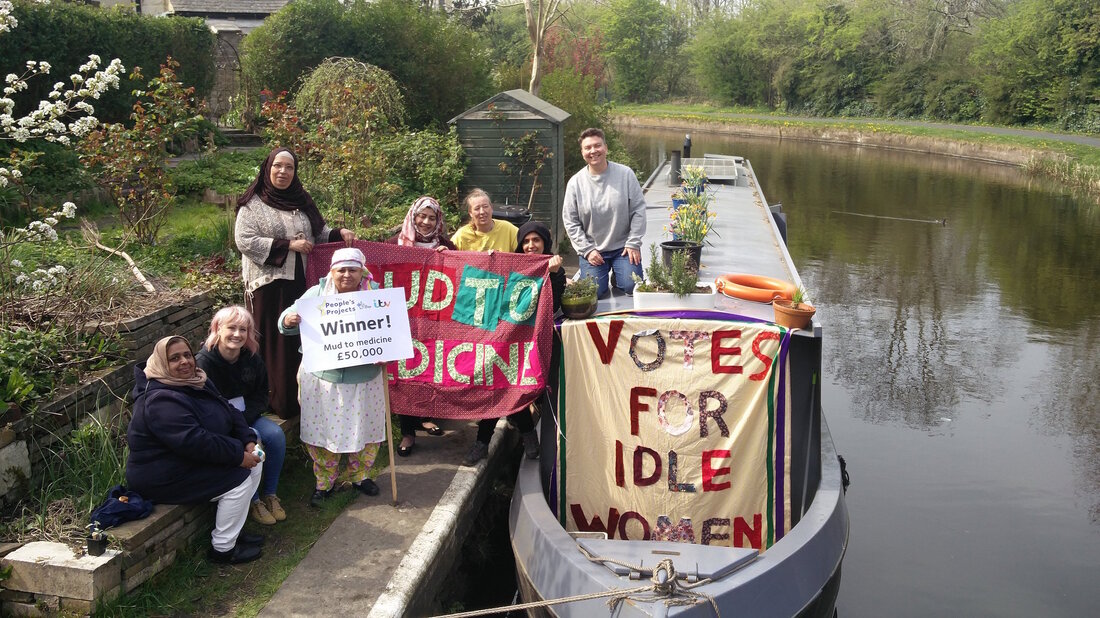Creating a physic garden with, for and by womenThis story begins on our boat when a woman waved to us as we turned the corner at Lomeshaye wharf in Nelson Lancashire, it was 2015 and our arrival in Lancashire. The woman was in her canal side garden and we later got to know Sonia before she sold her house and moved away.
A year later we were walking along the towpath with some of the women from Humraaz refuge and one woman in her early twenties began to talk to us about her fears that she was having a heart attack, we talked it through and recognised her anxiety and panic attacks as a reasonable response to her then situation and reflected that in our own lifetimes we had learnt a great deal from other women about strategies and ways to help navigate the sometimes dreadful times. As we toured the boat we had more peripheral conversations with women, about a lack of recognition from stretched health care providers, over prescribing, expensive branded inaccessible self-care, the lack of specialist health provision for women of colour, for lesbians for elder women. All the time we were speaking frequently to Silvia Federici as we navigated the waters shadowed by Pendle Hill - the site of the Pendle witch hunts - Silvia sites the witch hunts and the enclosures of land and knowledge as the birth of capitalism and violence against women. We were invited by a librarian - Suzanne to visit the medieval medicinal books at Cheatham's library. She showed us the books which form the foundations of our health system, that were hand written by monks and omitted women. The first herbal was published alongside two other pivotal texts which included the King James Bible and the Malleus Maleficarum - the witch hammer - a manual that gave instructions to hunt and kill women both still in print today. Visiting these roots made sense of a systemic disconnection we often experience with our own health and bodies. Creating a physic garden with and for women is an act of reaching deeper, to the time before the violence when we imagine that we knew ourselves and the world around us on our own terms. In 2017 we saw an advert on facebook about a garden mooring for sale - our boat was in the picture, we recognised Sonia's garden. We emailed the seller and told them we hoped to buy the garden but had to raise the money, that we would be using it to create a space primarily for women who has experienced violence. A woman replied and told us that she had once exited a violent marriage via refuge and that art had given her purpose and recovery, she wanted us to have the garden and would wait for us to raise the funds. |
CrowdfundingIn 2018 in order to quickly raise the money to buy the land we did something we hadn't done before, a crowd funder. Many of the artists who joined us on the boat tour donated new work as rewards, women held yoga classes and events to support the campaign and over 200 people supported locally and nationally, it was really hard but we did it.
Buying land with Humraaz in trust to women
|
Mud to MedicinePeoples Project - fundraising to landscape the gardenA year after the crowdfunder in 2019 The National Lottery Community Fund invited us to apply to be part of the Peoples Project - a collaboration with ITV that broadcasts regional presentations of shortlisted projects for the public to vote for. Voting takes place over a week and those who win the most votes win £50,000.
We had a garden but not the funds to landscape it and with an award of that size we knew that we could carry out everything we hoped for so we took part in the campaign. Campaigning took us to local women's centres where we made nettle pesto together, the Idle Women Sisterhood was formed (and remains integral today) the sisterhood is a collection of women who stepped into the role of driving the campaigning, the whatsapp warriors and word of mouth specialists who organised social events and talks, the children on the streets surrounding the garden flyer'd the neighbourhood and remarkably we won the votes we needed. Observation project with Grow Wild For a year we observed the garden, meeting every month for observational plant studies witnessing the seasons and growing cycles, learning from the plants that flourished and disappeared in the garden and surrounding hedge-grows and between the cracks in the pavements and along the towpaths. All informed us with information about ourselves and the soil and the rainfall, the drainage, the shadows and the uninterrupted sun.
|

